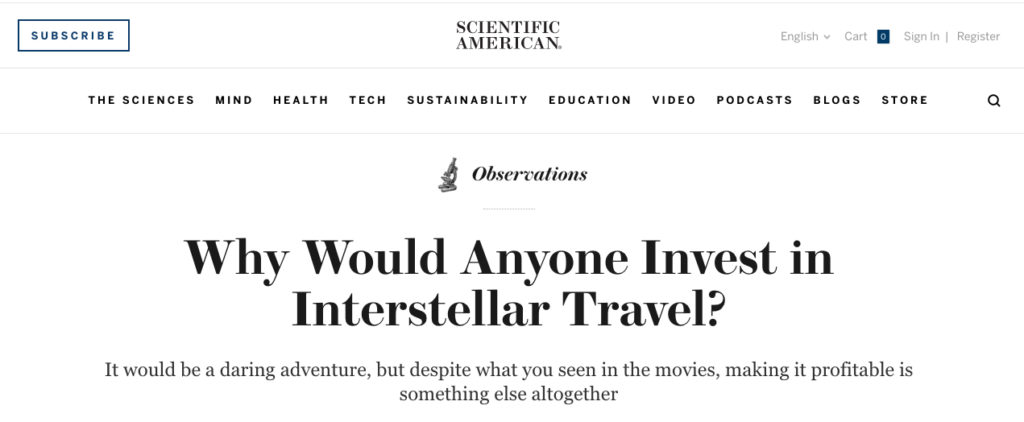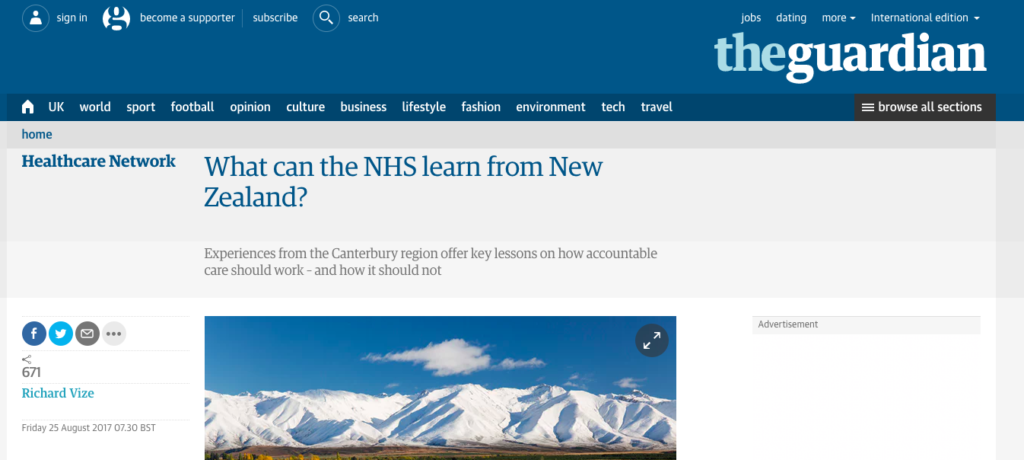As most of my updates now go to my clients rather than here on my blog, this post may seem out of place compared to previous writings. However I’ve become increasingly concerned about the failure of governments to understand the implications of the:
- interplay of complex systems that form the framework of modern society (including the complex system that is the climate)
- effects of automation
- alarming rise in inequality
- threats from cybersecurity
There are significantly more risks to consider in the years ahead, and these have severe implications for stability. Bain and Company has completed some good work on this recently, and a summary has just appeared on the HBR site. I don’t usually include large quotes here, but this piece of work is a concise summary that is hard to beat (the highlights are mine):
The benefits of automation, by contrast, will flow to about 20% of workers—primarily highly compensated, highly skilled workers—as well as to the owners of capital. The growing scarcity of highly-skilled workers may push their incomes even higher relative to less-skilled workers. As a result, automation has the potential to significantly increase income inequality.
The speed of change matters. A large transformation that unfolds at a slower pace allows economies the time to adjust and grow to reabsorb unemployed workers back into the labor force. However, our analysis shows that the automation of the U.S. service sector could eliminate jobs two to three times more rapidly than in previous periods of labor transformation in modern history.
Of course, the clear pattern of history is that creating more value with fewer resources has led to rising material wealth and prosperity for centuries. We see no reason to believe that this time will be different—eventually. But the time horizon for our analysis stretches only into the early 2030s. If the automation investment boom turns to bust in that time frame, as we expect, many societies will develop severe imbalances.
The coming decade will test leadership teams profoundly. There is no set formula for managing through significant economic upheaval, but companies can take many practical steps to assess how a vastly changed landscape might affect their business. Resilient organizations that can absorb shocks and change course quickly will have the best chance of thriving in the turbulent 2020s and beyond.
The full report from Bain is also well worth reading, and is available here.

